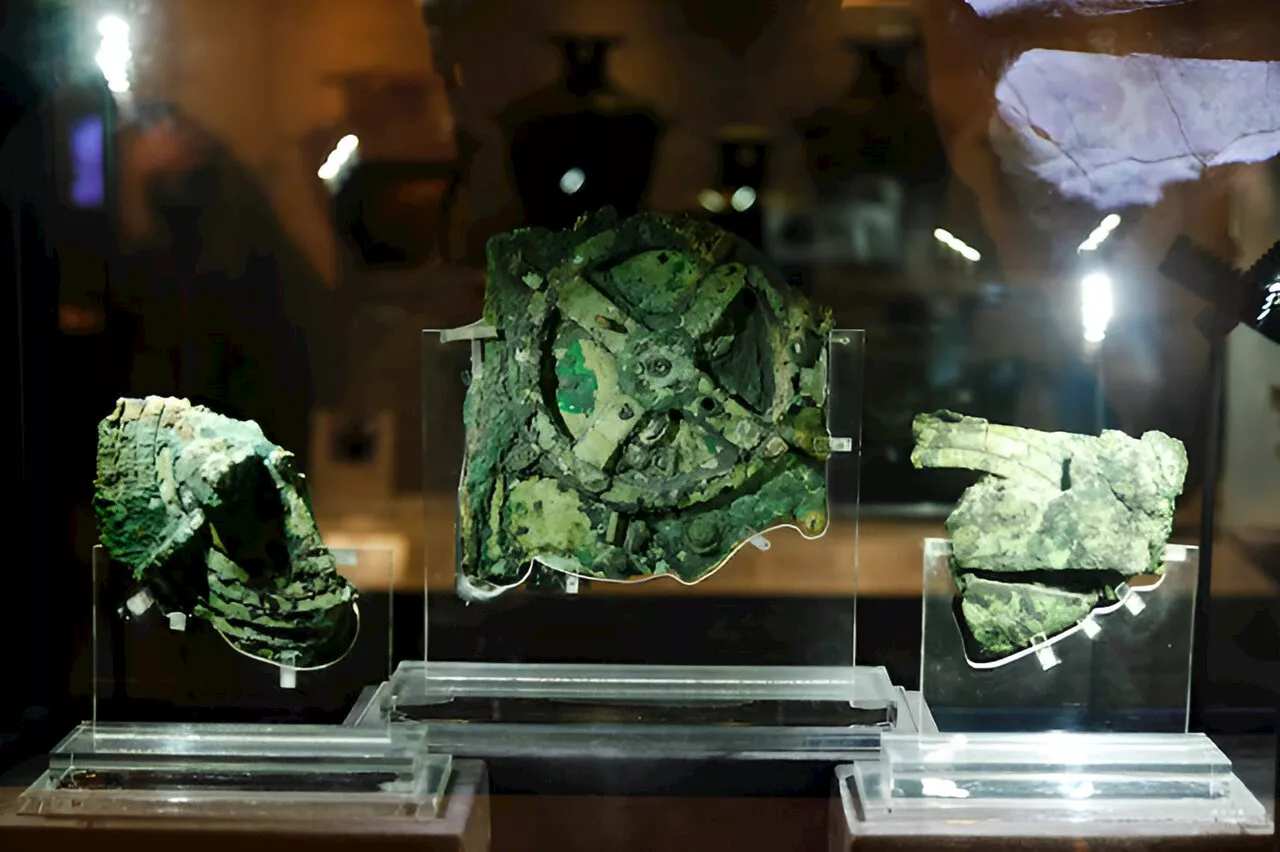Researchers have developed a new experiment capable of monitoring the magnetic properties of superconductors at very fast speeds.
Superconductivity is a fascinating phenomenon, which allows a material to sustain an electrical current without any loss. This collective quantum behavior of matter only appears in certain conductors at temperatures far below ambient.
This phenomenon has been termed"light-induced superconductivity," signaling an analogy with its equilibrium counterpart. Besides being capable of transporting electrical currents without loss, superconductors are also known to expel magnetic fields from their interior. This phenomenon, known in equilibrium conditions as the Meissner effect, is a direct consequence of the mutual coherence of the charge carriers and of their tendency to march in lockstep.
sample with sub-picosecond resolution and unprecedented sensitivity," says Giovanni de Vecchi, one of the co-authors.is made superconducting at equilibrium by cooling," adds fellow author Michele Buzzi."This suggests that driving the material may even be an effective route to bring its superconducting properties closer to ambient conditions," continues co-author Gregor Jotzu, now a faculty member at EPFL and head of the Dynamic Quantum Materials Laboratory.
Spintronics Materials Science Medical Technology Physics Inorganic Chemistry Chemistry Electronics
United States Latest News, United States Headlines
Similar News:You can also read news stories similar to this one that we have collected from other news sources.
 New experiment investigates light-induced Meissner effect in optically driven superconductorSuperconductivity is a fascinating phenomenon, which allows a material to sustain an electrical current without any loss. This collective quantum behavior of matter only appears in certain conductors at temperatures far below ambient.
New experiment investigates light-induced Meissner effect in optically driven superconductorSuperconductivity is a fascinating phenomenon, which allows a material to sustain an electrical current without any loss. This collective quantum behavior of matter only appears in certain conductors at temperatures far below ambient.
Read more »
 Researchers claim photoluminescent aerogel has a visible light reflectance of 104%A team of chemists and materials scientists at Sichuan University, in China, has developed a photoluminescent aerogel with a visible light reflectance of 104%. In their study, published in the journal Science, the group created their aerogel from readily available biomass.
Researchers claim photoluminescent aerogel has a visible light reflectance of 104%A team of chemists and materials scientists at Sichuan University, in China, has developed a photoluminescent aerogel with a visible light reflectance of 104%. In their study, published in the journal Science, the group created their aerogel from readily available biomass.
Read more »
 YouTuber's data allow researchers to shed new light on 2,000-year-old computerScientists at the University of Glasgow were able to shed new light on the Antikythera mechanism, a 2,000-year-old computer which is believed to be the most technologically complex objects ever found from the ancient world, and it's all thanks to a YouTuber.
YouTuber's data allow researchers to shed new light on 2,000-year-old computerScientists at the University of Glasgow were able to shed new light on the Antikythera mechanism, a 2,000-year-old computer which is believed to be the most technologically complex objects ever found from the ancient world, and it's all thanks to a YouTuber.
Read more »
 YouTuber's data help researchers shed new light on 2,000-year-old computerScientists at the University of Glasgow were able to shed new light on the Antikythera mechanism, a 2,000-year-old computer which is believed to be the most technologically complex objects ever found from the ancient world, and it's all thanks to a YouTuber.
YouTuber's data help researchers shed new light on 2,000-year-old computerScientists at the University of Glasgow were able to shed new light on the Antikythera mechanism, a 2,000-year-old computer which is believed to be the most technologically complex objects ever found from the ancient world, and it's all thanks to a YouTuber.
Read more »
 Researchers built AI models that use less power than a light bulbRecent research out of UC Santa Cruz shows that modern LLMs running billions of parameters can operate on just 13 watts of power without a loss in performance.
Researchers built AI models that use less power than a light bulbRecent research out of UC Santa Cruz shows that modern LLMs running billions of parameters can operate on just 13 watts of power without a loss in performance.
Read more »
 Gravitational wave researchers cast new light on Antikythera mechanism mysteryTechniques developed to analyze the ripples in spacetime detected by one of the 21st century's most sensitive pieces of scientific equipment have helped cast new light on the function of the oldest known analog computer.
Gravitational wave researchers cast new light on Antikythera mechanism mysteryTechniques developed to analyze the ripples in spacetime detected by one of the 21st century's most sensitive pieces of scientific equipment have helped cast new light on the function of the oldest known analog computer.
Read more »
